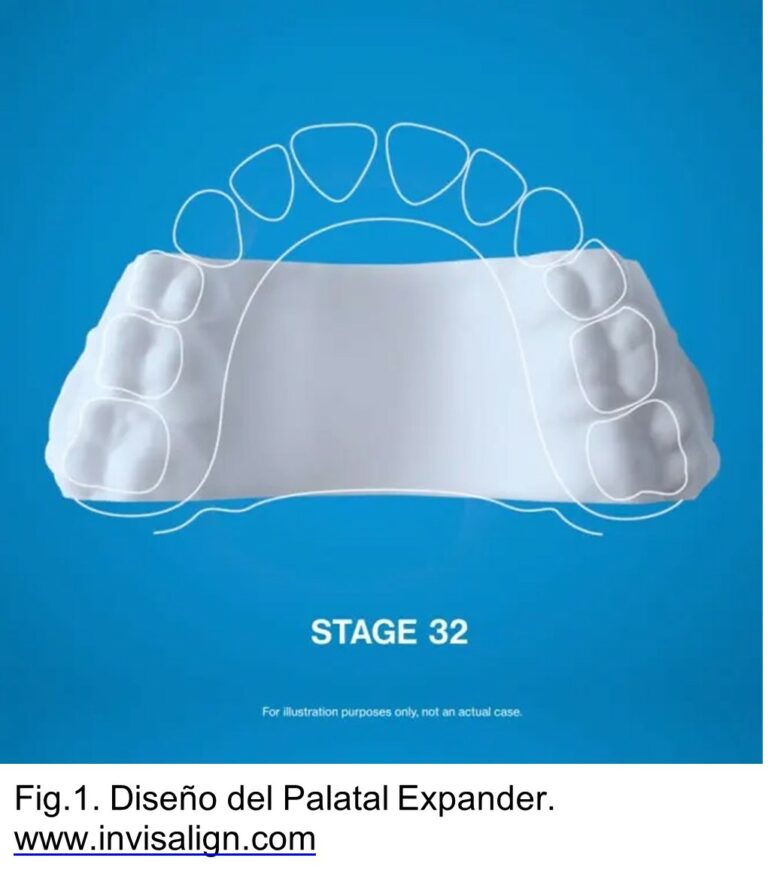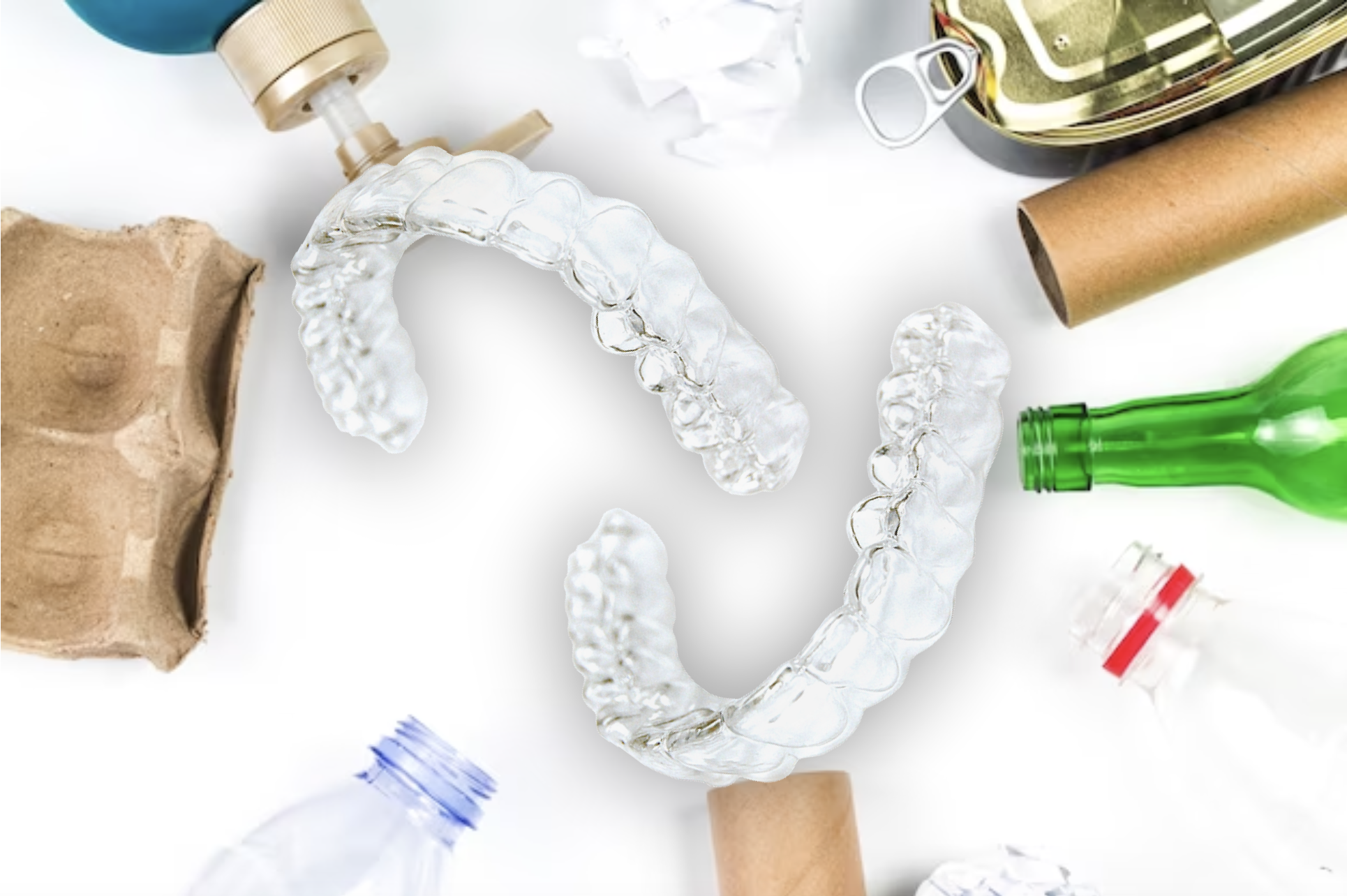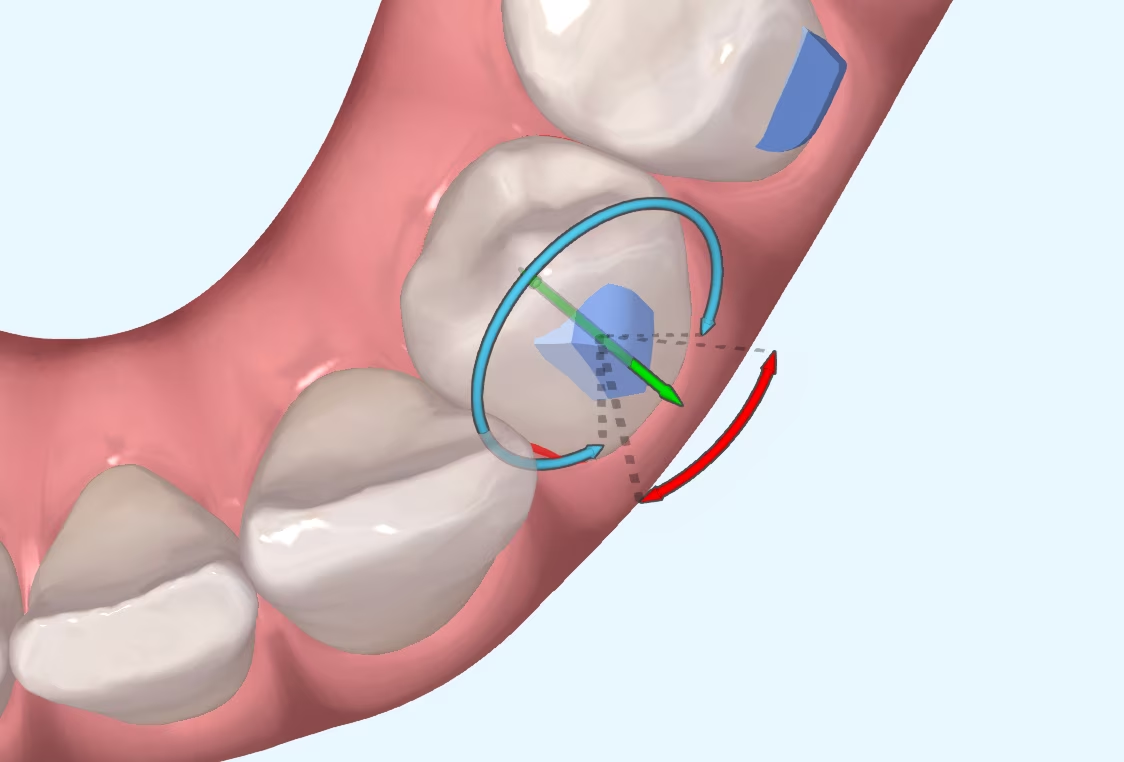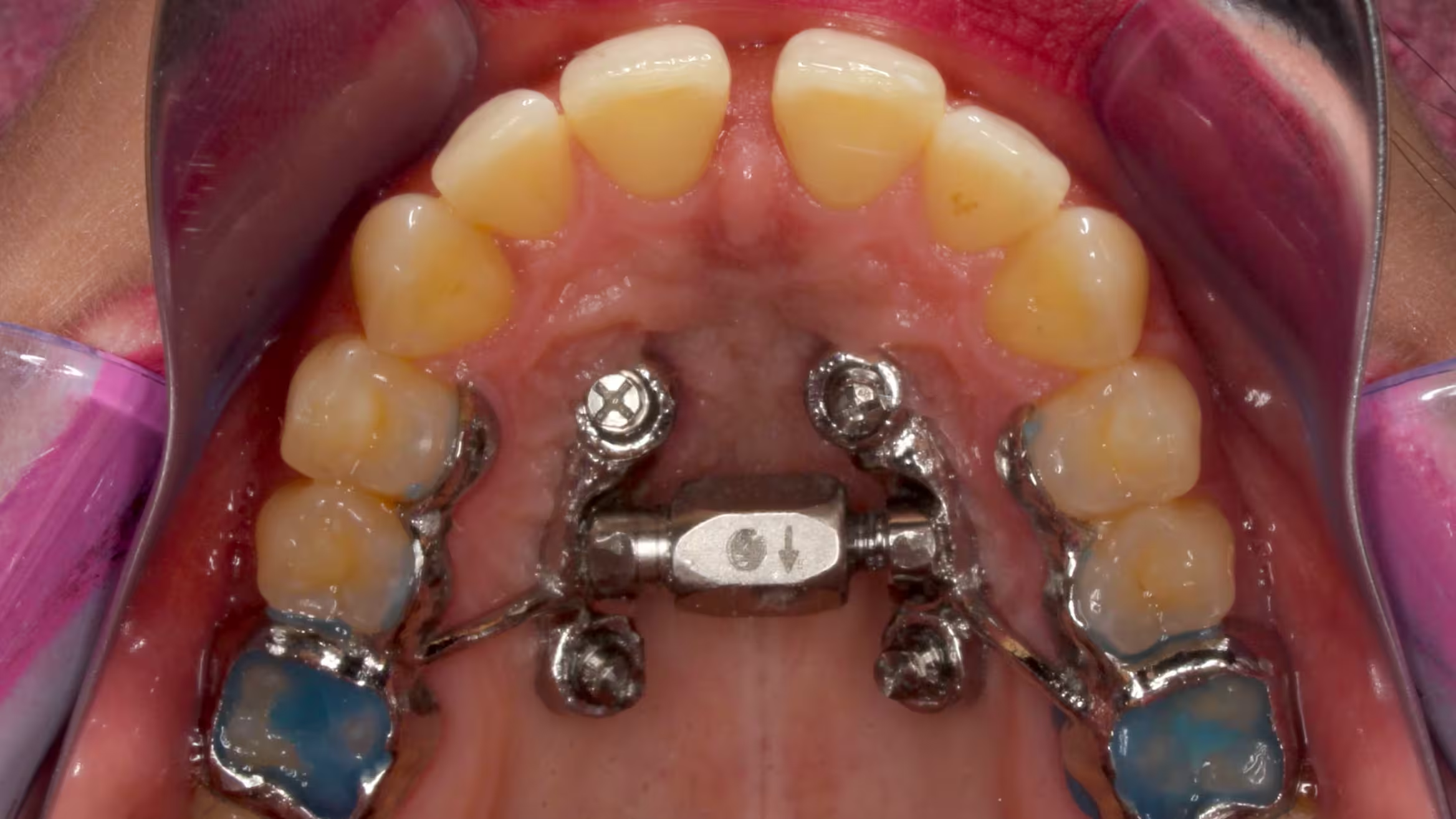
Palatal Expander in Orthodontics, is it worth it?
Will the Palatal Expander be a new revolution? For as long as orthodontics has existed, we have seen different fashions or trends in which priority was given to or

Can we conceive of today's society without the existence of plastic? We live in the age of plastic. As I write this article, on the train, I look around me and all I see are objects made of plastic: the seats and the walls of the train, my mobile phone case (lie, those who know me know I don't have one), the coating on the cables, my aligners... If we were to eliminate plastic from our lives, we would be "naked", we would be unable to perform everyday actions such as brushing our teeth or carrying our food in tupperware. Think about it for a moment... we don't know how to live without plastic.
As with everything, we can look for alternatives. If we don't want to use plastic brushes, we have bamboo ones. If we don't want to use a plastic container to carry our food, we can use a glass one. If we don't want to use alignerswe can always put brackets on. However, for various reasons, the alternatives are not always as attractive as the first option.
The market for aligners has been growing steadily in recent years, and there is still a long way to go. room for growth. The most optimistic forecasts estimate a compound annual growth of 28.7%. Translated into numbers, this market, valued at $4.56 trillion in 2021, is expected to grow exponentially to $44.07 trillion by 2030.
It is clear that the number of invisible orthodontic treatments is set to increase with each passing year. We also know that recycling these materials is not easy. Aligners are made of different plastic compounds such as polyesters, polyurethanes or polypropylenes. On the one hand, as they are considered medical material, aligners cannot be deposited in the traditional containers where we deposit the rest of plastics. To recycle them, we must take them to a clean point or to companies specialised in their processing.
Plastic is a non-biodegradable material that takes a long time to decompose. Specifically, the material from which aligners are made is one of the most resistant to the passage of time, and can take more than 1000 years to decompose. Paradoxically, for us, they are "disposable" elements, as we normally change them every one or two weeks.
The management of this waste is not simple. It is not economical to recycle them, nor can we incinerate them because of the large amount of toxic elements they release during combustion. So what can we do?
If we apply the 4R principle (reduce, reuse, recycle and recover) to aligners. We can conclude that the "R" we can act on most easily is going to be the first one: reduce. The easiest way to reduce aligners is to fit brackets. However, this option is likely to end up in the bag of alternatives. Starting from the premise that we are going to treat our patients with aligners, we have to think of a way to make these treatments as non-polluting as possible.
If we reduce the number of aligners per patient, we will produce less plastic.directly contributing to the reduction of environmental footprint of each treatment. It may not be the perfect solution, but it is the part of the process that we can influence the most. And from this reflection, another question arises: How do we reduce the number of aligners? I am going to give you some tips that I apply on a daily basis:
I hope that after reading this article, you won't feel guilty every time you recommend invisible orthodontics to your patients. The possibility of offering others a way to improve their smile in a way that is so comfortable and compatible with their daily lives is reason enough to keep using aligners.
Elbe P, Monisha J, Saja AG, Are clea aligners environment friendly? Am J Orthod Dentofacial Orthop 2022;161:619-20.

Will the Palatal Expander be a new revolution? For as long as orthodontics has existed, we have seen different fashions or trends in which priority was given to or

I suppose many of you are familiar with the myth of Achilles, the Greek hero who was immersed as a child in the River Styx by his mother in order to make him

What is CBCT? CBCT is a medical imaging technique that uses a special type of computed tomography (CT) scan to obtain three-dimensional images.

Challenges of Overbite In the more than 20 years that we have been working with invisible orthodontics, we have gone from considering some malocclusions "impossible" to daring to

It is not a question to make us feel guilty. It is only a question that invites us to reflect, to think about the impact we can have in

Maxillary compression is a relatively frequent problem seen in our daily practice. This osseodental discrepancy presented by the patient can be treated in the following ways